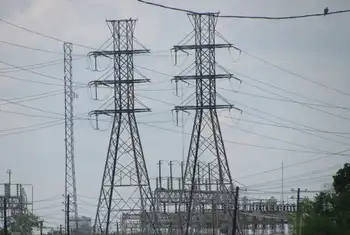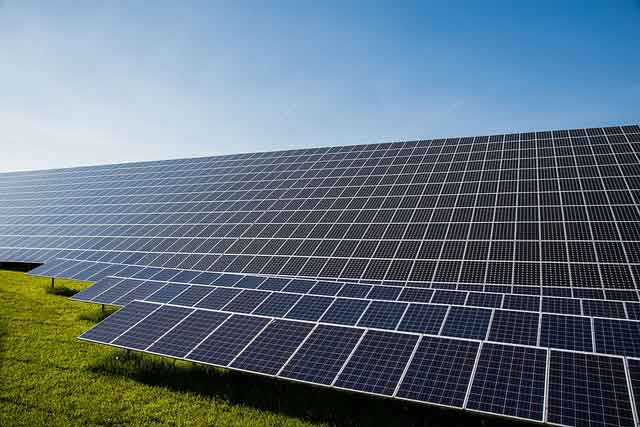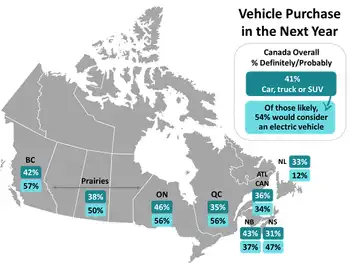Utilities increase energy efficiency programs 43
- U.S. utilities spent 43 percent more on energyefficiency programs in 2009, according to a new report from the nonprofit Consortium for Energy Efficiency CEE, which represents energy efficiency program administrators in the United States and Canada.
U.S. businesses took a share of the $5.3 billion in utility energy efficiency programs, which included $4.4 billion for electric energy efficiency programs, up 38 percent from the previous year, and $930 million for natural gas programs, up by 79 percent. Electric energyefficiency programs focus on commercial and industrial facilities, while natural gas programs more often target residential customers.
In 2008, CEE member efficiency programs saved about 93,000 GWh of electricity and more than 343 million therms of gas, according to the report. These savings prevented the production of more than 55 million metric tons of CO2, up from 41 million metric tons in 2007 and 36 million metric tons in 2006.
The 2009 CEE Annual Report and Efficiency Program Report finds that carbondioxide emissions prevented in 2008 are equivalent to the annual emissions from nearly 12 coalfired power plants, and the electric energy savings are equivalent to the electricity needed to power 7.4 million homes for a year.
Utility energy efficiency programs also expanded geographically with programs now offered in 46 states, compared to only 37 states in 2008.
The CEE report reveals that electric energyefficiency spending grew the fastest in the Southeast and South Central states, with a 76 percent increase to $800 million in 2009.
These energyefficiency programs will control U.S. greenhouse gas GHG emissions over the next 20 years, but longterm costs have been underestimated, according to Bloomberg New Energy Finance. The report finds that once the low hanging fruit have been picked the cost for making further emission cuts will increase, requiring more aggressive policies to drive energy tech improvements and lower longterm abatement costs.
Implementing energy efficiency programs are cheaper for utilities and their customers rather than adding new sources of electricity, according to an ACEEE report released last year. The report found that the average cost per kilowatt hour kWh of energy efficiency is about 2.5 cents, compared to 7 to 15 cents per kWh for adding new energy generation.
Still, the Bloomberg report finds that more fundamental changes to power and transport sectors are needed to meet the Obama AdministrationÂ’s 17 percent cut in GHG emissions by 2020, but could still maintain a cost of less than $1 per day per U.S. household.
Another report from ACEEE last year estimates that the federal energyefficiency target for reducing electricity and gas usage could result in utility bill savings of $168.6 billion for consumers and businesses.
Related News

Electricity complaints filed by Texans reach three-year high, report says
HOUSTON - The number of electricity service-related complaints and inquiries filed with the state’s Public Utility Commission reached a three-year high this past fiscal year, an advocacy group said Tuesday.
According to the Texas Coalition for Affordable Power, a nonprofit that advocates for low electricity prices, Texans filed 5,371 complaints or inquiries with the commission between September 2017 and August of this year. That’s up from the 4,175 complaints or inquiries filed during the same period in 2017 and the 4,835 filed in 2016. The complaints and inquiries included concerns with billing, meters and service.
“This stark uptick in complaints is disappointing…




